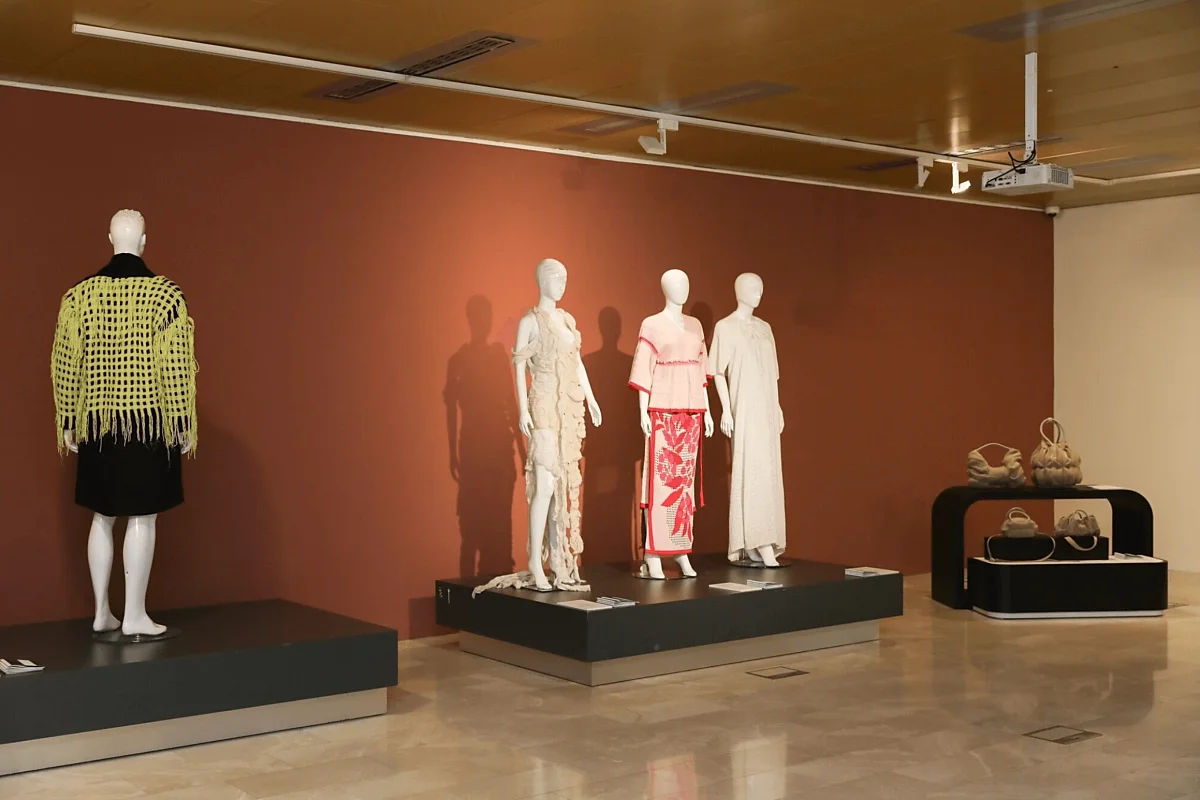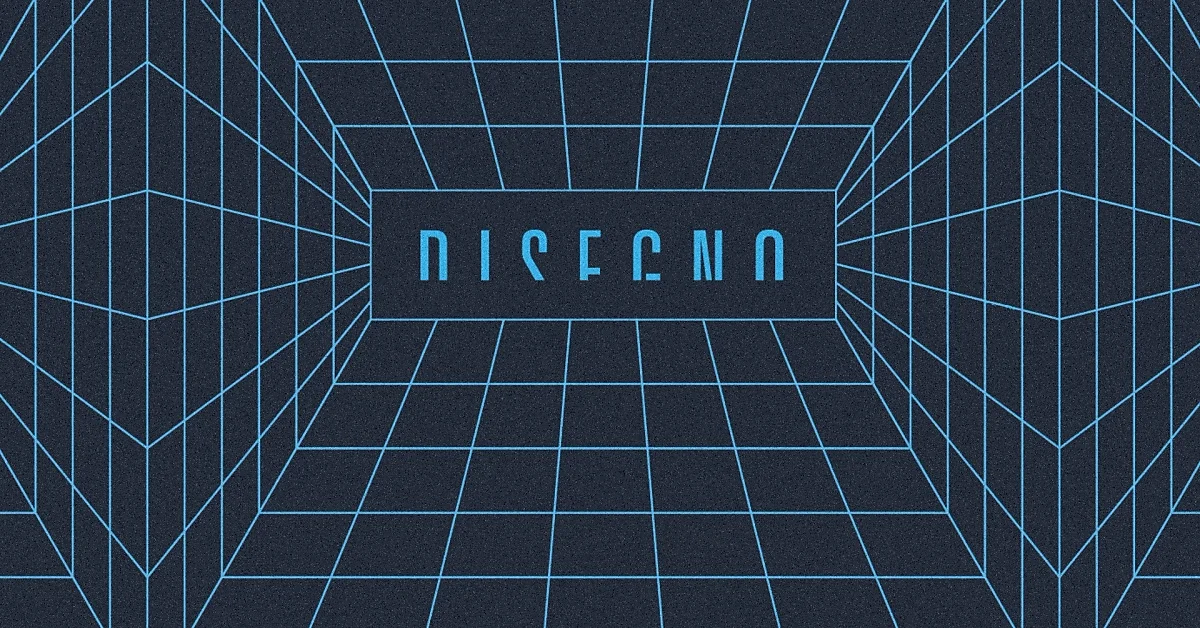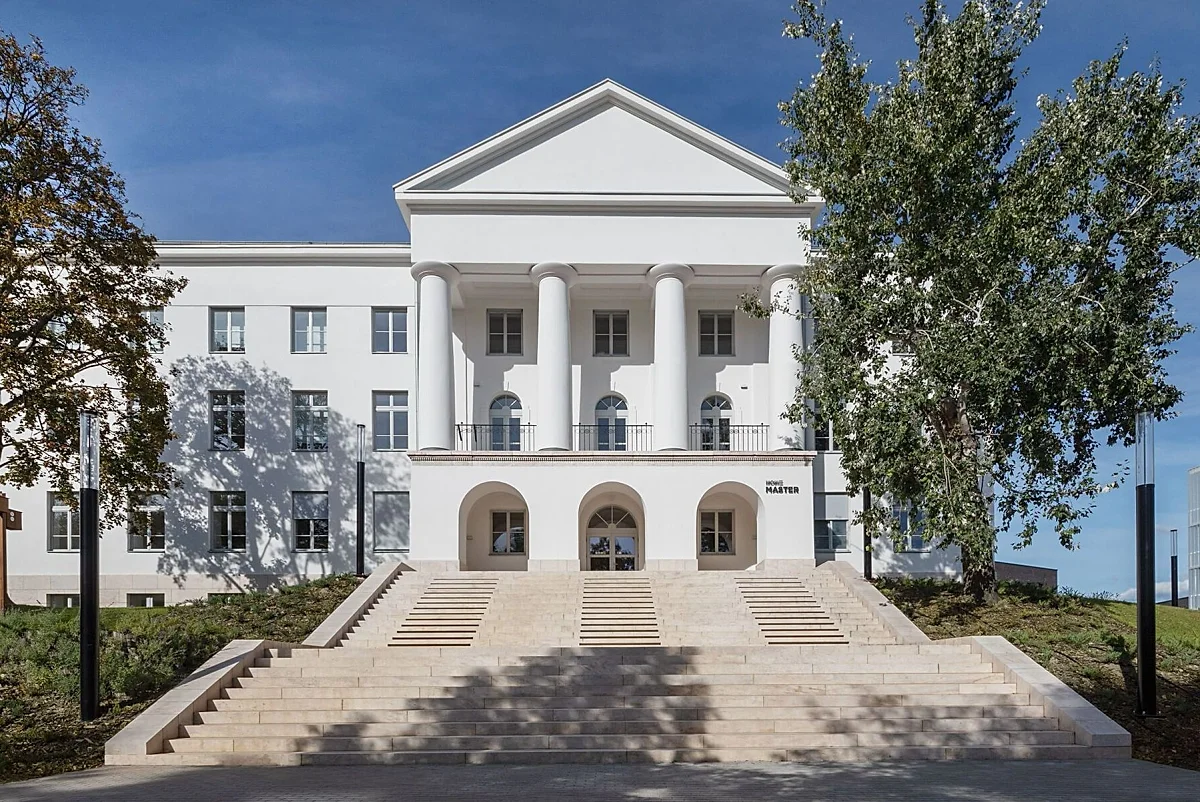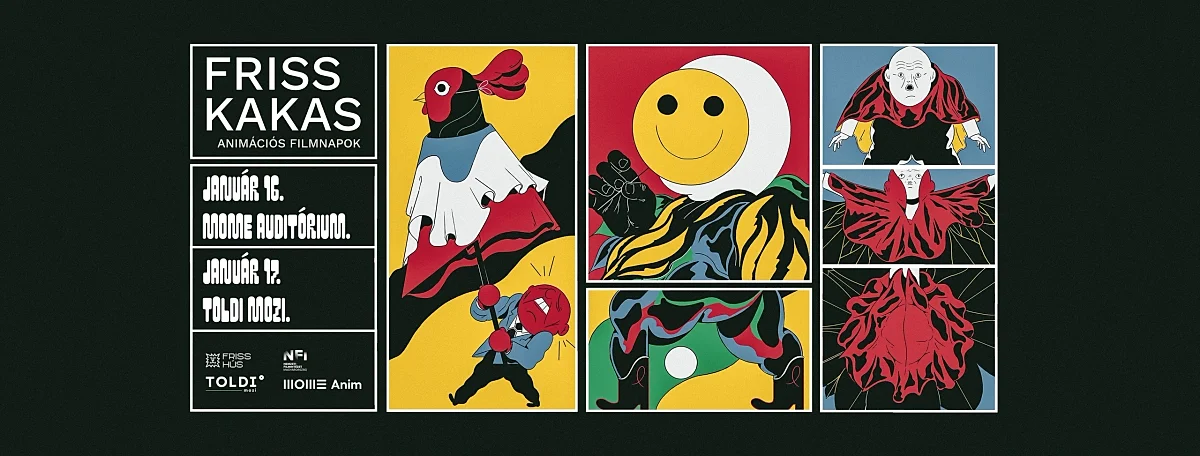
MOME Fashion and Textile Design MA students featured in Baku
As Hungary assumes the presidency of the European Union in 2025, with fashion, design, and sustainability becoming central themes, the exhibition's focus was on how the exhibitors – including MOME Fashion and Textile Design MA students – interpret the concept of sustainability, and how they connect it with craft traditions and innovation. The works touch on a wide range of topics, from rethinking material use to exploring issues of identity. Designers reimagined production processes with environmental considerations in mind and explored the intersection of heritage and modernity.
At the exhibition, ten MOME students showcased how fashion can incorporate technology, craftsmanship, sustainability, and personal storytelling at the same time. Their common thread was experimentation – whether in the use of materials, form, or the way messages were conveyed.
Nóra’s Gulya Sustastic Effects is a collection of bio-plastic-based effect yarns that explores alternative, eco-friendly textile industry solutions in the spirit of circular economy.
Eszter Kain’s knitted outfit is built on embracing chance and error; her collection Bílá Lebega was inspired by her personal creative learning journey and the craft heritage of her hometown, Kesztölc.
Vanda Kaviczki’s shoe is part of the ResponSOLE_project: after extensive experimentation, it was created using a sole material suitable for industrial composting.
Lúcia Beatrix’s technocraftism series includes four bags that integrate digital and traditional techniques, exploring the shared possibilities of craftsmanship and technology.
Fanni László’s Weirdocore garments embrace weirdness as an element of identity – every piece in her collection embodies this attitude.
Zsófia Papp’s In Flower Language combines folk motifs with transgenerational heritage in a contemporary outfit.
Erzsébet Szabolcs created small woollen objects by fusing handcraft and digital techniques as part of the Wool Project.
Fanni Szabó’s Eperke Pyonephrosys series illustrates the five stages of processing a personal illness experience through five garments.
Valentin Szarvas’s Folding back to myself project interprets sustainability not as a final state, but as an infinite cycle.
Tóth Lala’s three-piece jewellery series UTO a.k.a. (Unidentified T-shirt Object) examines the relationship between art, sustainable fashion, and contemporary craft making.
The exhibited works highlight the multifaceted knowledge and skills required to create sustainable designs: beyond material experiments and hands-on work, the creative process is completed through the inclusion of personal stories, reinterpreting tradition, and rethinking technological possibilities.
The professional work was supported by Head of the Fashion and Textile Design MA programme Ildikó Kele and Project Manager Kriszti Bögre.


